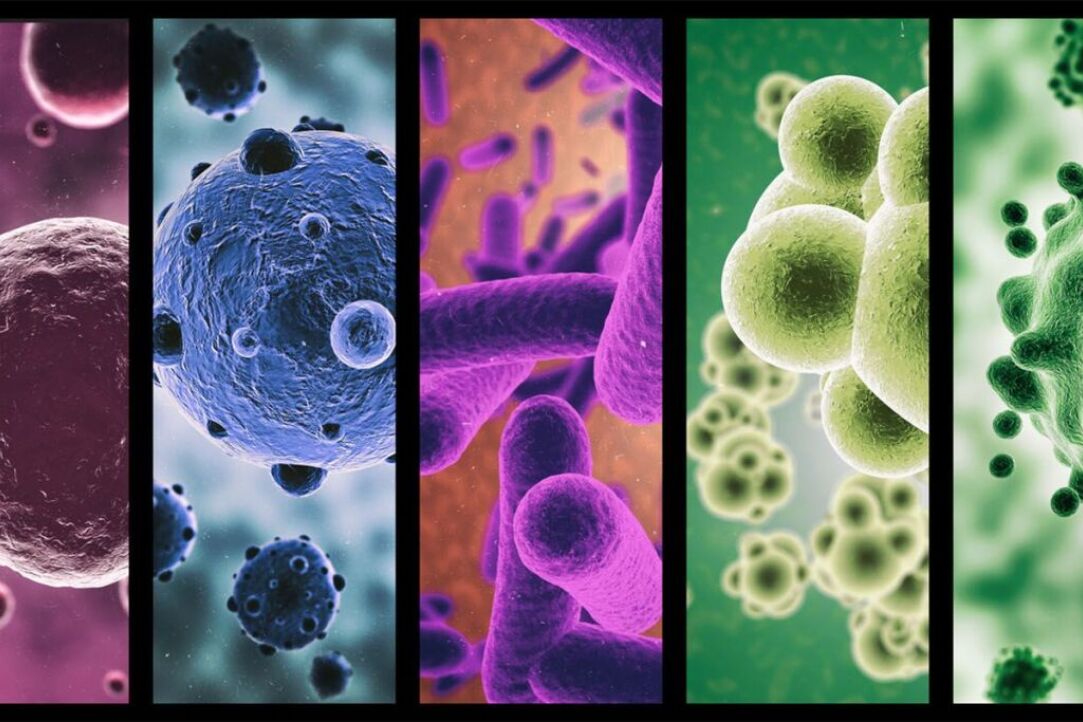How Are Modern Technologies Changing the Approach to Patient Treatment?

For reference: This series of trendletters continues the practice of publishing reviews of global technological trends since 2014 and presents a unique database of global trends and challenges in the field of human development. This research of the HSE ISSEK is based on the results of iFORA Big Data System, the Delphi survey (with the participation of more than 400 leading foreign and Russian scientists), expert sessions and interviews.
The high proportion of preventable deaths makes it necessary to prioritize early diagnosis and prevention of pathological processes in the human body. Preventive medicine, which includes systems for identifying individual disease risks, vaccination, and monitoring of individual health parameters using wearable devices, will significantly reduce the preventable mortality burden on the healthcare system. Experts estimate that the transition to preventive medicine will help reduce the burden on primary health care systems by at least 20%, and on the high-tech sector by 60%.
Effective prevention of infectious diseases reduces antibiotic resistance (one of the main public health problems according to WHO estimates). Molecular genetic analysis can reveal an individual predisposition to certain diseases, which will help to take timely measures to prevent them. The evolution of biostatistics, epidemiology and new vaccine technologies will reduce the spread of infectious diseases. Regular monitoring will make it possible to assess the effectiveness of the measures taken and, if necessary, adjust them.
The accumulation of large amounts of medical data and the improvement of methods for their in-depth analysis (including AI-based systems) lead to a deeper understanding of the relationship between individual genes (and their mutations) and the risks of developing specific diseases. This approach helps to choose the optimal treatment strategy and reduces the time and cost of therapy, as well as the number of possible side effects.
For further progress in this area, it is essential to create an adequate infrastructure for the collection and analysis of biological data, including the creation of biobanks and the accumulation of clinically relevant knowledge about the relationship of various biomarkers with the manifestation of specific pathologies.
The new issue of trendletter is available at the link.
Previous issues of trendletters can be found here.